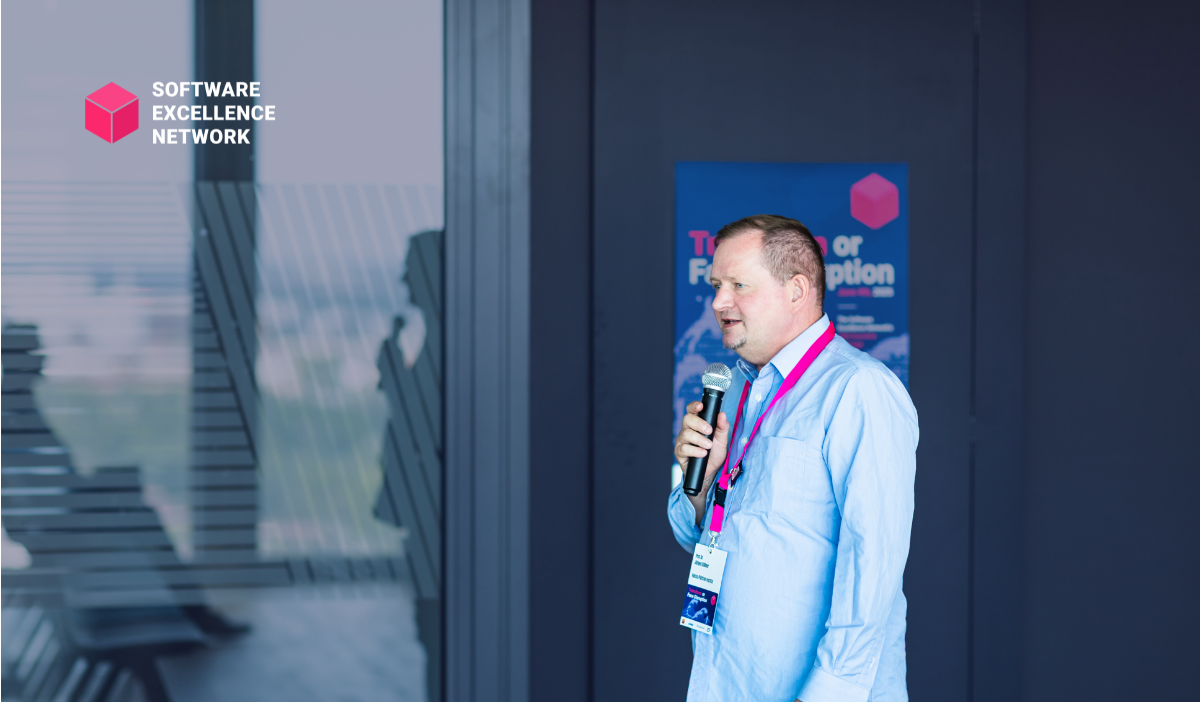
The headlines proclaim it boldly: “The End of Programming Is Near.” But at the Hasso Plattner Institute, Prof. Dr. Jürgen Döllner's research tells a different story—one that challenges oversimplified narratives and instead calls for a radical shift in how we understand and practice software engineering.
For over seven decades, the software industry has optimized human-centric methodologies. Developers write for other humans—crafting variable names, maintaining clarity for future readers, and following conventions passed down over generations. This deeply human process is now being disrupted—not replaced—by machines that develop code themselves. But make no mistake: this isn't the end of programming. It's the end of programming as we know it.
To understand this shift, look to history. Before the printing press, monks hand-copied books, outsourcing to low-paid scribes when needed. Then came Gutenberg’s disruption, which scaled information with unprecedented efficiency. Later, PostScript and PDF digitized the process, encoding layouts into machine-readable formats.
Software development today is undergoing a similar transition—from artisanal, hand-crafted code to industrial-scale, AI-augmented generation. And like the printing press, this disruption doesn't destroy the original craft—it redefines it.
The true insight lies in how we conceptualize software. Code is not mystical—it’s a linguistic artifact. Research shows that while programming languages are formally expressive, the real-world code found in repositories like GitHub is repetitive and statistically predictable. This regularity makes code a perfect candidate for language models trained on millions of examples.
Large Language Models (LLMs), such as ChatGPT, don’t "understand" software in the traditional sense. Rather, they model its statistical properties—syntax, semantics, and structure. The predictability of programming languages gives rise to tools like GitHub Copilot and AI-powered assistants capable of producing quality software components, particularly for frontend development and database layers.
This evolution signals a foundational shift:
From implementing solutions manually, to specifying problems clearly.
In the emerging paradigm, the primary human responsibility becomes defining problems with enough precision to guide deterministic AI-driven solutions. The bottleneck isn't in coding—but in crafting the right specifications.
Mis-specify a problem, and the AI will hallucinate a solution. Over-specify it, and you constrain innovation. Striking the right balance is not just an art—it’s becoming the core skill of software engineers and IT leaders alike.
The long-term vision is compelling: real-time software development on demand. Imagine specifying a business challenge and generating a tailored software solution within seconds. Already, tools like ChatGPT can transform a CSV file into a full statistical analysis pipeline—writing, executing, and interpreting Python code in one seamless interaction. Every return key press can trigger a full software development lifecycle.
The implications for enterprise IT are profound:
But none of this works without a new mindset—one that values precision, abstraction, and clear communication between humans and machines.
The new discipline emerging around this evolution is called Prompt Engineering. It’s the craft of designing instructions that yield consistent, reliable results from generative models. Future software development will hinge on:
As CIOs look to scale their IT operations, they must not only invest in AI tools—but also reshape their organizational processes to take advantage of them.
Instead, there’s a renaissance—a shift from low-level implementation to high-level problem-solving. In this world, programmers become architects of intent. AI systems translate that intent into code, documentation, and even testing routines. But the need for human creativity, judgment, and strategic thinking remains—and becomes even more critical.
The CIOs who thrive in this new era will be those who recognize software as a dynamic language, not just a technical product. They’ll build teams that know how to collaborate with AI systems. And most importantly, they’ll lead their organizations through this transformation with clarity of vision and agility of execution.
Prof. Dr. Jürgen Döllner is a mathematician, computer scientist, and chair at the Hasso Plattner Institute for Digital Engineering. His current research focuses on AI-assisted software development, prompt engineering, and the intersection of natural and formal languages. The article above was inspired by his masterclass at the "Transform or Face Disruption" executive exchange, part of the Software Excellence Network series of events. While we tried to keep it close to his message, you can understand the full context of his insights by watching the video below.
These Stories on Events/Webinars
August-Bebel-Str. 26-53
14482 Potsdam, Germany
hello@seerene.com
+49 (0) 331 706 234 0
Generative AI Seerene GmbH
August-Bebel-Str. 26-53
14482 Potsdam, Germany
hello@seerene.com
+49 331 7062340